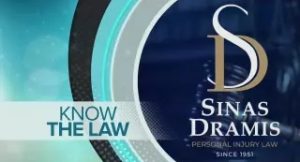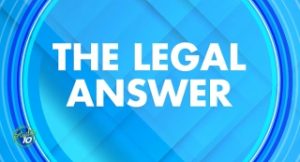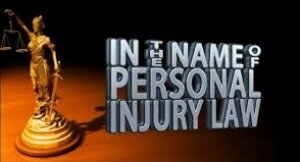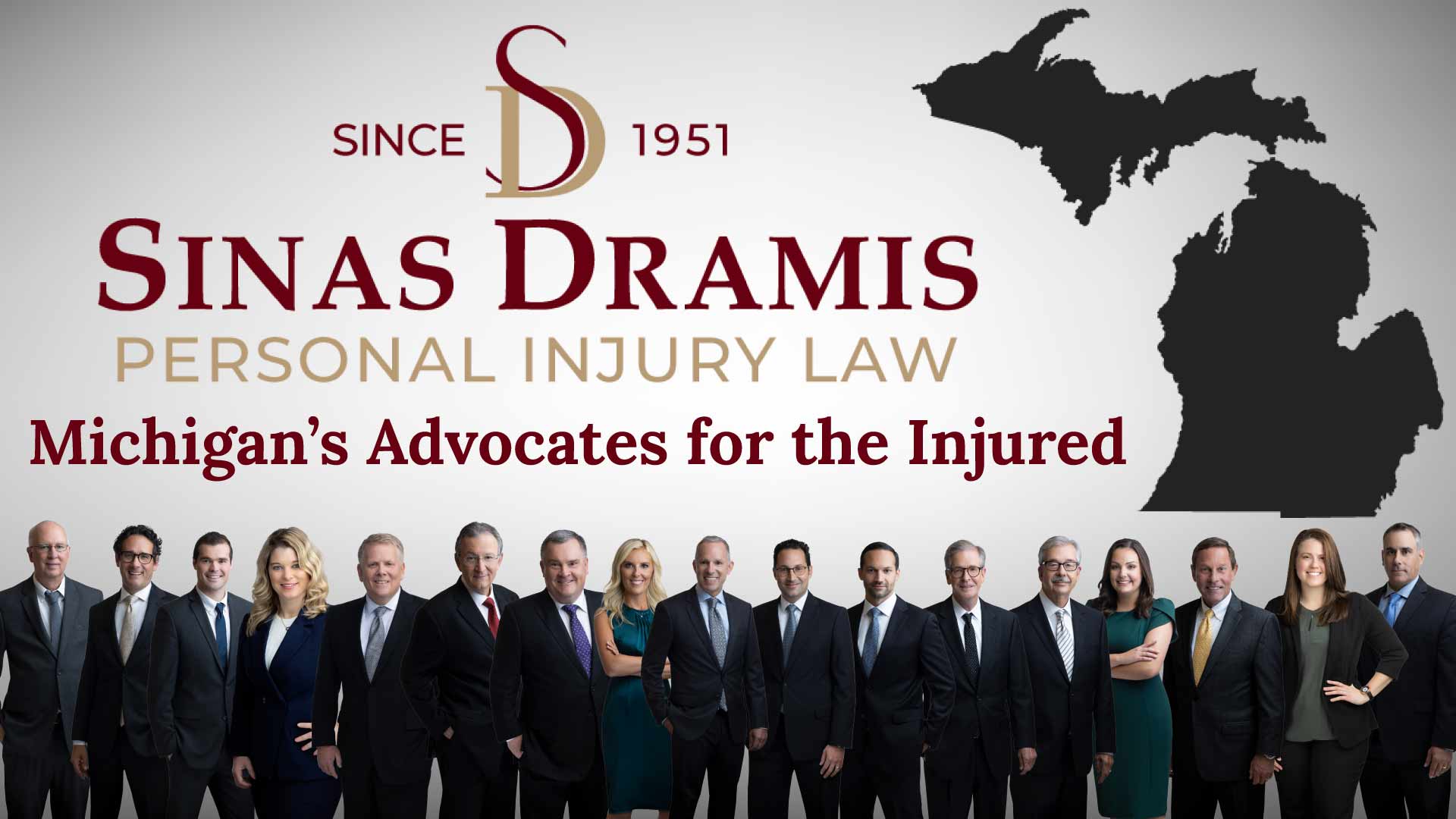
Sinas Dramis Law Firm
Michigan’s Advocates for the Injured
Sinas Dramis is one of Michigan’s most experienced personal injury law firms, with over 70 years of advocating for the injured. After opening our doors in Lansing in 1951, we’ve expanded, opening offices in Grand Rapids, Kalamazoo, Metro Detroit, and Ann Arbor with attorneys who live in those communities. Our expertise in Michigan Auto No-Fault Law and motor vehicle crashes has led to major victories on behalf of our clients in every corner of the state. Sinas Dramis Law Firm’s legacy of success can be your peace of mind, that we’ll defend your rights, while you focus on the most important thing, your health and well-being.
Serving All of Michigan
Headquartered in Lansing, Michigan, our Lansing car accident lawyers have represented people injured in auto accidents for over 70 years.
We are also well-established in the Grand Rapids community where our law firm partner and Grand Rapids auto accident attorney, Tom Sinas, works and lives. To further serve West Michigan, our firm also has a personal injury office in Kalamazoo. We also have a long history of serving Southeast Michigan and are equipped to handle metro Detroit personal injury cases through our office in St. Clair Shores, as well as an office in Ann Arbor.
Ultimately, the Sinas Dramis pursuit of civil justice is not limited to any specific city or area. We are equipped and prepared to represent injured people throughout Michigan.

Personal Injury Law the Right Way & Michigan Personal Injury Attorneys Who Care
You’ve been injured. You’re wondering about your legal rights, but the system is confusing and overwhelming. And with endless advertising and 1-800 numbers for lawyers, you’re not sure which personal injury law firm will truly help you. Sinas Dramis Law Firm is that law firm.
Our Office Locations
Sinas Dramis Law Firm Results
Just a few of the many case results we’ve obtained on behalf of our injured clients. View more client results.
$8,000,000
Semi-truck-automobile collision resulting in a 76-year-old sustaining a severe traumatic brain injury, and his wife sustaining numerous orthopedic and soft-tissue injuries.
$7,775,000
Wrongful death settlement and personal injury settlements for a Michigan family suffering the untimely death of the driver of the family vehicle.
$5,000,000
Wrongful death settlement on behalf of West Michigan family for the suffering and death of a beloved 74-year-old Barry County woman who suffered extensive personal injuries after being struck by a forklift in the parking lot of a local hardware store. The woman was survived by her husband of 51 years, adult daughter, and three grandchildren.
$4,000,000
Auto liability case involving serious and life-altering injuries to a young woman who sustained an injury to her spinal cord.
Why Choose Sinas Dramis Law Firm?
We value your experience with our firm, and this is what you can expect when contacting us.
Attorneys at Sinas Dramis have provided legal representation for Michigan’s injured since 1951, each upholding our values of excellence, integrity, and results for our clients. We take pride that many of the cases taken by the firm come from other lawyers, judges, or our own former clients. This shows we’re not only well-regarded by our peers but, most importantly, have earned the trust of Michigan families we have been fortunate enough to serve.
We recognize that recovering from an injury is challenging, and it’s our promise to ensure that those we represent only focus on what’s most important, recovery, while we focus on the rest.
Premier Auto Accident Lawyers & Michigan Personal Injury Experts
We excel in a wide variety of personal injury cases and are particularly known for our expertise in vehicle injury cases. Whether you are injured in a Michigan motor vehicle crash, semi-truck crash, motorcycle crash, bicycle crash, or struck by a car as a pedestrian, your rights are subject to the Michigan Auto No-Fault Law. Due to the no-fault law’s strict time limitations, people injured in motor vehicle accidents must act quickly to preserve their rights.
The no-fault insurance law is complex and learning about it can be overwhelming, especially while focusing on your recovery. When searching for the “best car crash lawyer in Michigan,” you need to find an attorney who is well-trained and knowledgeable about the Michigan no-fault law to make sure your rights and benefits for your injuries are fully protected.
In addition, we are experienced in successfully handling wrongful death claims, sexual assault and abuse claims, serious dog bite injuries, and many other personal injury claims. The bottom line is that if you’ve been injured because of someone else’s negligence or wrongdoing, you’ve come to the right place.
Top-Rated Michigan Personal Injury Representation
While our first priority is always our clients, our dedication and excellence in the field of personal injury law have earned our firm and our attorneys numerous recognitions, honors, and awards. We believe these accolades are useful in assisting potential clients in finding the best Michigan law firm to represent them.
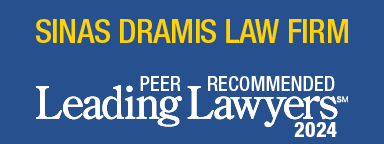





Client Reviews
Our Michigan Media Segments
Fox 17 “Know the Law”
Grand Rapids personal injury attorney, Tom Sinas, covers a range of topics that affect West Michigan residents. Airs weekly on Saturday mornings.
WLNS 6 “Legal Edge”
Lansing auto accident attorney, Bryan Waldman, discusses a range of topics pertaining to life in Michigan. Regular airtime is Tuesday evening.
WLAJ “In the Name of the Law”
Steve Sinas, Lansing personal injury lawyer, appeared on a recent legal talk show on WLAJ called “In the Name of the Law” to share real-life cases.
Locally Known, Nationally Recognized Personal Injury Attorneys

















